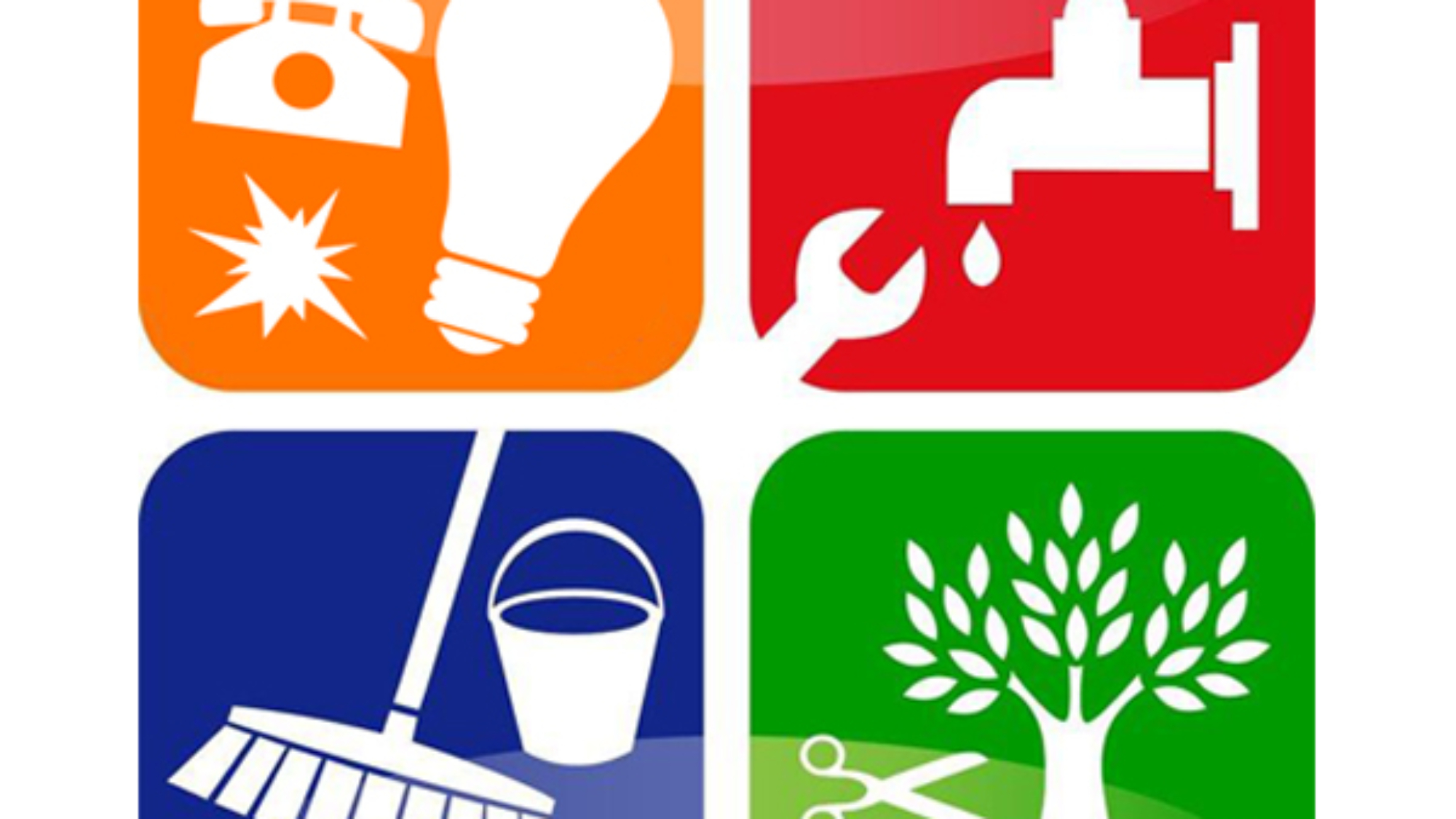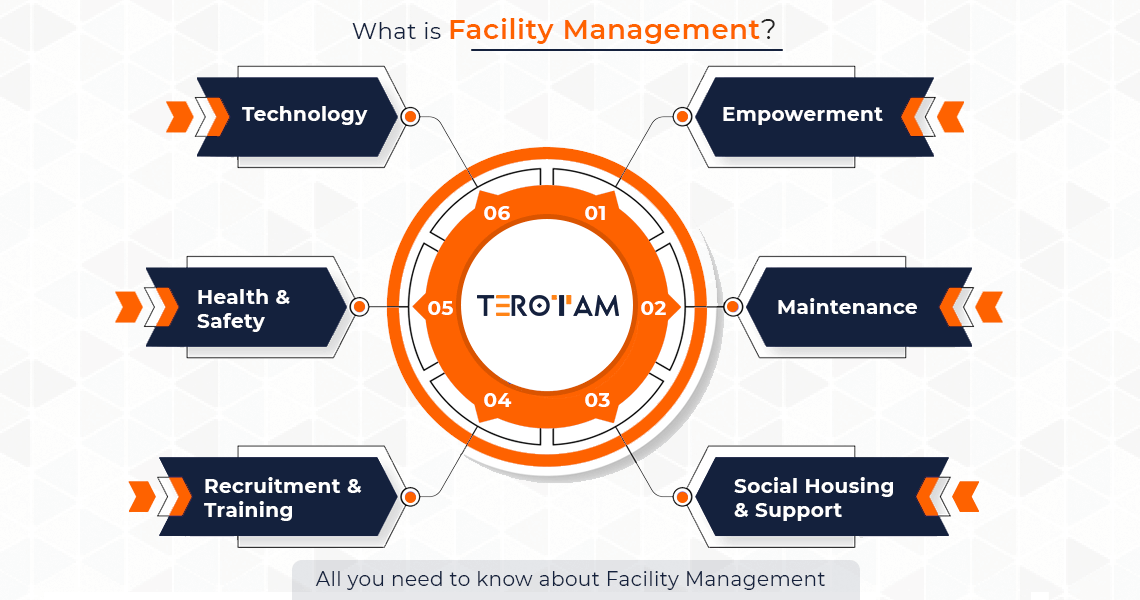Trick Fads Forming the Future of Facility Management in 2024
As we look in advance to 2024, the landscape of center administration is positioned for significant change, driven by a number of vital patterns. The combination of clever building modern technologies and a change in the direction of data-driven decision-making promise to boost functional efficiency while focusing on sustainability in method.
Smart Structure Technologies

Smart building innovations incorporate a vast variety of systems, including smart lighting, cooling and heating controls, and safety and security systems. By integrating these systems, facility supervisors can monitor and readjust specifications in real-time, bring about significant reductions in power waste and operational expenses. Smart sensors can discover tenancy degrees and readjust lighting and temperature accordingly, making certain that power is just made use of when required.
Additionally, these technologies assist in improved data collection, allowing organizations to track usage patterns and recognize possibilities for additional renovations. The implementation of wise structure technologies not only adds to sustainability objectives yet additionally creates healthier workplace that can enhance staff member performance and satisfaction.
As we move into 2024, the adoption of smart structure innovations will likely accelerate, showing a broader shift in the direction of more smart, receptive, and lasting center administration techniques.
Data-Driven Choice Making
Increasingly, organizations are leveraging data-driven decision making to improve facility administration methods. By utilizing data analytics, facility supervisors can acquire workable understandings that substantially boost functional effectiveness and source allowance. The combination of advanced innovations, such as IoT sensors and real-time surveillance systems, enables the collection of vast amounts of data on building performance, tenancy rates, and power usage.
This wide range of info permits center managers to identify fads, anticipate upkeep needs, and proactively address concerns before they rise. Predictive analytics can forecast tools failures, minimizing downtime and repair expenses. Furthermore, data visualization tools assist in far better communication amongst stakeholders, making certain that educated decisions are made collaboratively.
Furthermore, data-driven methods improve calculated preparation by allowing center managers to examine the performance of current methods and make informed options regarding financial investments in technology or infrastructure. As organizations increasingly prioritize functional excellence, data-driven decision production is positioned to become a keystone of successful facility administration techniques in 2024 and beyond. Ultimately, the ability to utilize data efficiently will equip companies to create extra reliable, productive, and durable centers.
Sustainability and Environment-friendly Practices
The focus on data-driven decision making normally aligns with the expanding emphasis on sustainability and green methods within facility administration. As companies progressively prioritize ecological obligation, center managers are leveraging analytics to enhance resource use, lower waste, and decrease carbon footprints. This calculated strategy enables the integration of energy-efficient systems, such as LED illumination, wise HVAC controls, and renewable resource resources into center procedures.
Furthermore, the application of sustainable practices expands beyond energy consumption. Center managers are promoting and embracing environmentally friendly materials reusing efforts to produce a circular economy within their facilities. This not just boosts the ecological account of the organization but likewise promotes a society of sustainability amongst staff members.
Conformity with environmental regulations is another vital aspect driving the adoption of eco-friendly methods. By utilizing data analytics, facility supervisors can keep an eye on conformity metrics and determine areas for enhancement, making certain adherence to international and local sustainability requirements.
Crossbreed Work Models
A substantial shift towards hybrid job designs is reshaping the landscape of center monitoring in 2024. This standard integrates remote and in-office work, requiring a reevaluation of room usage, resource allowance, and worker involvement techniques. Organizations are significantly recognizing the significance of versatile workspaces that satisfy varied needs and choices.
Facility managers have to adjust by implementing functional workplace layouts that sustain collaborative initiatives while supplying areas for concentrated job. This includes the integration of innovation to facilitate smooth communication and cooperation amongst in-office and remote employees. Smart building services, equipped with sensing units and analytics, enable real-time monitoring of room usage, making it possible for organizations to maximize their atmospheres successfully.
Moreover, crossbreed work designs emphasize the requirement for reliable facility administration that prioritizes employee experience. In significance, the hybrid job model is transforming facility monitoring, encouraging an aggressive method to fulfill the developing demands of the labor force.
Enhanced Passenger Health
As organizations embrace hybrid work designs, an increased concentrate on occupant wellness is becoming integral to facility management techniques. Facility Management. This shift acknowledges that a pleased and healthy and balanced labor force straight affects efficiency and retention rates. Facility managers are now prioritizing environments that advertise mental and physical well-being, integrating elements such try these out as natural lights, biophilic design, and accessible wellness sources

Modern technology plays a vital role in this advancement. Smart building systems can keep track of ecological factors and change setups in real-time, guaranteeing ideal comfort degrees - Facility Management. In addition, feedback systems, such as tenancy sensors and worker surveys, enable facility supervisors see this website to constantly fine-tune wellness efforts based on resident needs.

Final Thought
In 2024, the future of facility management will be considerably influenced by the assimilation of clever building innovations and data-driven decision-making, cultivating improved operational performance. Sustainability initiatives will certainly prioritize environment-friendly methods, while the appearance of hybrid work models will necessitate adaptable workplace styles. An increased focus on occupant health through sophisticated Heating and cooling systems and biophilic design will certainly contribute to much healthier job environments. These patterns collectively underscore the advancing landscape of center administration in response to modern difficulties and opportunities.
Facility supervisors are promoting and embracing environmentally friendly products recycling initiatives to develop a round economic climate within their facilities.A considerable shift in the direction of crossbreed work models is improving the landscape of facility administration in 2024.Moreover, crossbreed job models emphasize the demand for efficient center monitoring that prioritizes staff member experience.As organizations embrace hybrid work versions, an enhanced focus on passenger health is ending up being important to center monitoring methods.In hop over to here 2024, the future of facility monitoring will be significantly affected by the integration of wise structure technologies and data-driven decision-making, promoting enhanced functional efficiency.